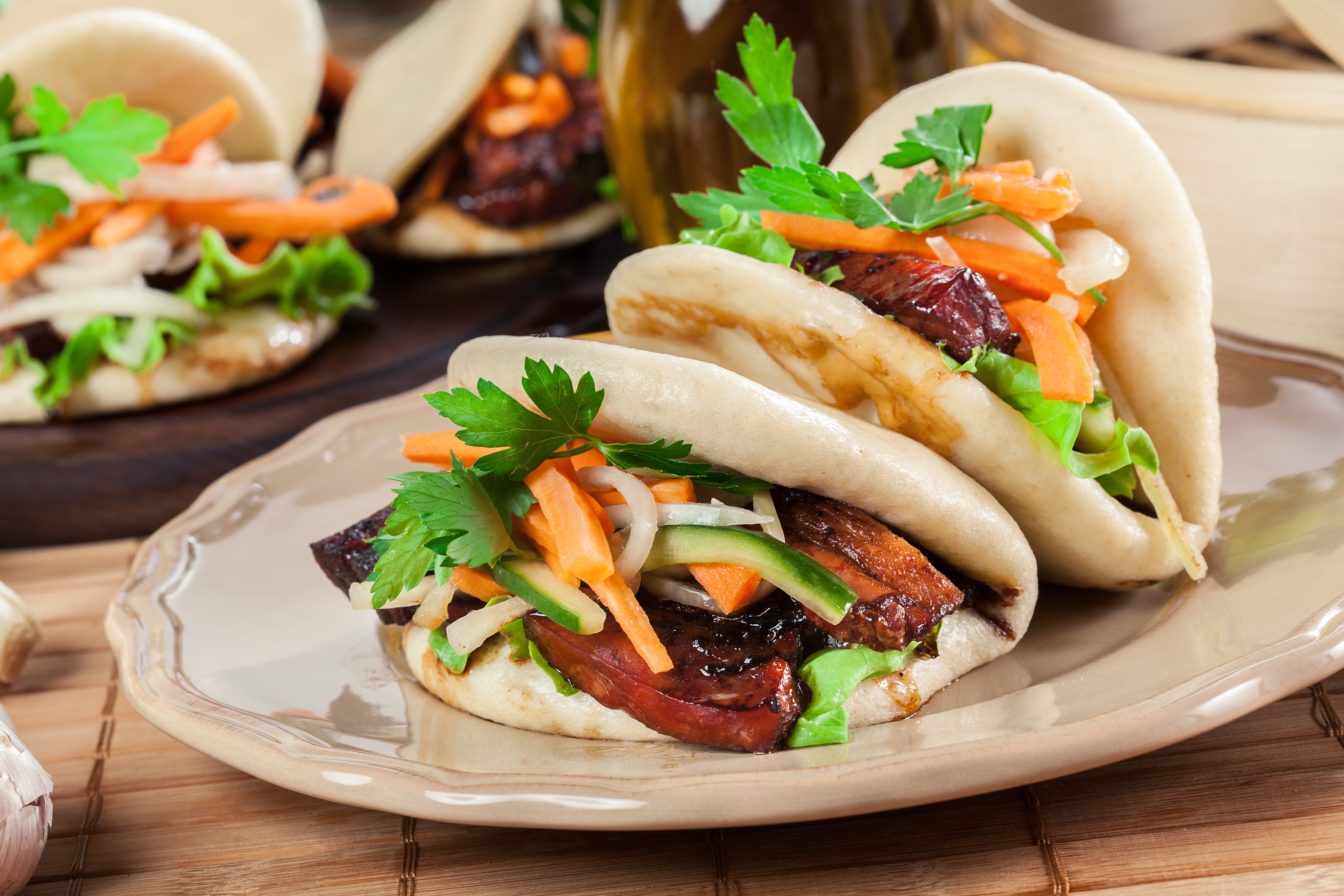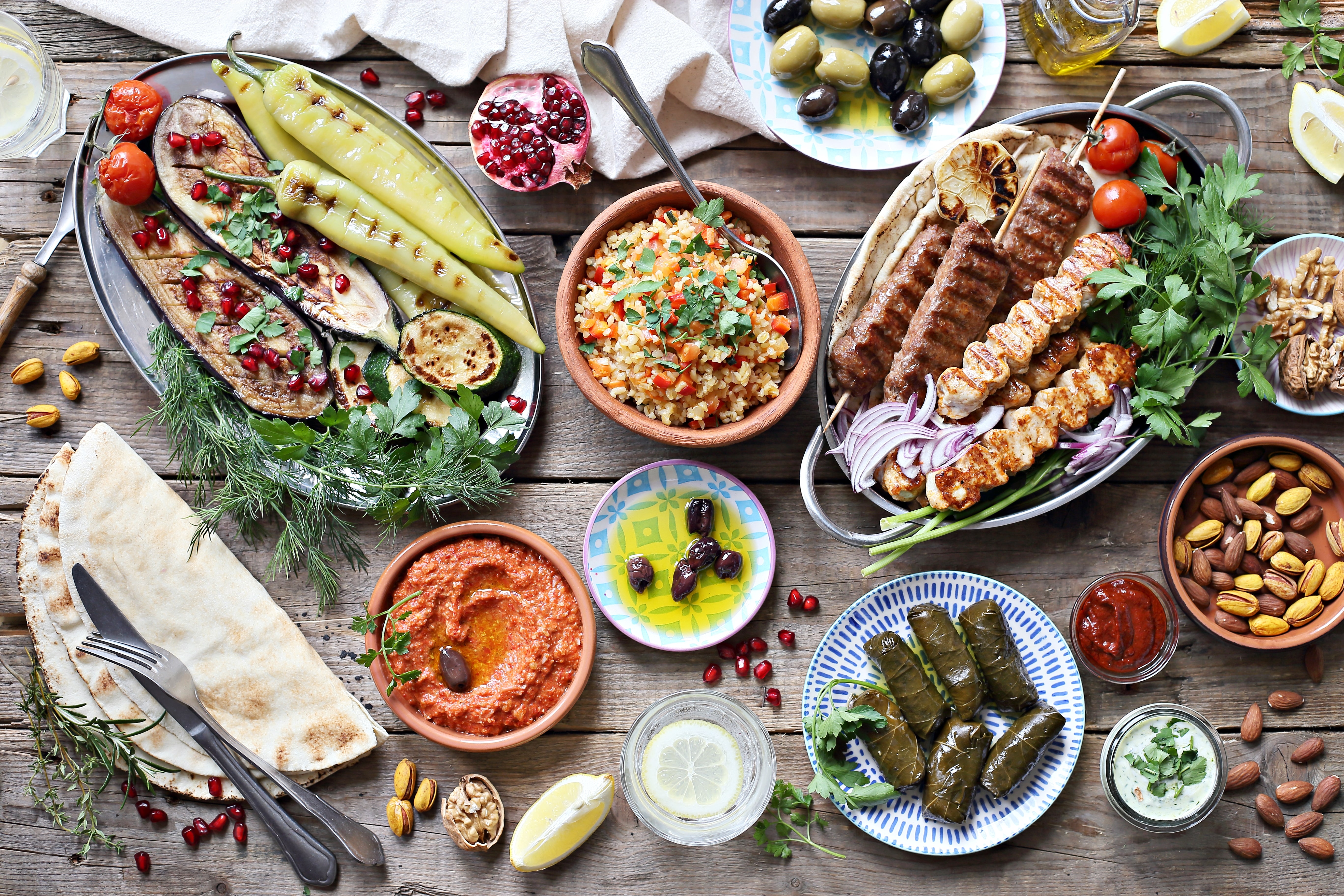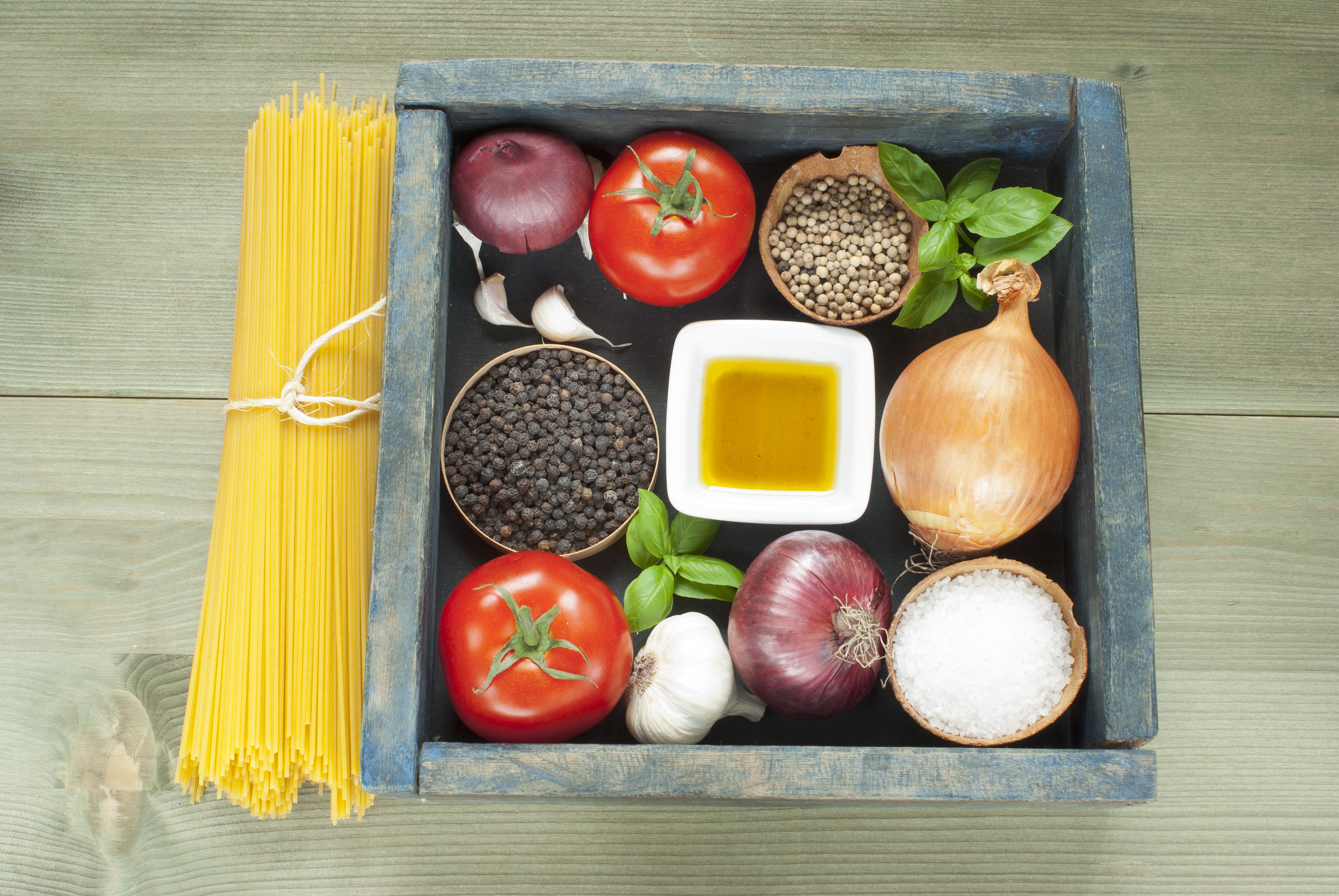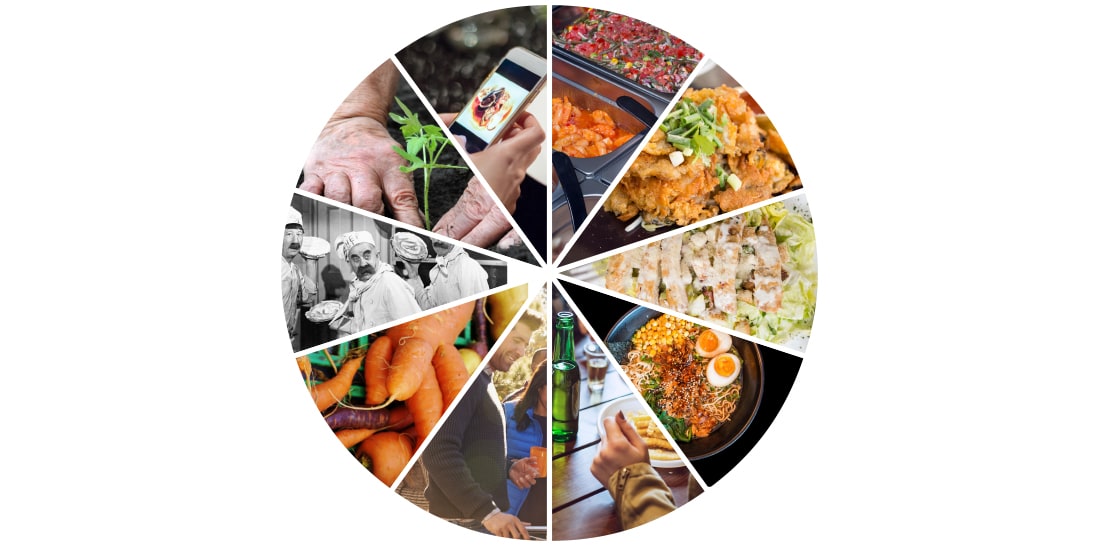Food trends
Exploring the rise in consumers’ sustainable behavior
Plastic straws and packaging are hurting the planet, shopping local can reduce pollution, and new alternatives to meat alternatives are…
Consultant forecast: A view from FCSI The Americas
When it comes to food trends, the climate crisis and a new generation of plant-based cooking and eating will have…
Taking stock: the 2010s in foodservice
Somehow we find ourselves at the end of another decade. The conclusion of the 2010s seems to have crept up…
Consumers willing to pay extra for authentic ethnic food
Every new year brings a flurry of predictions for the food trends expected to take off. Guessing what ingredients, meal…
America’s future food trends revealed
Les Dames D’Escoffier International (LDEI) has released its 2018 Trends Report, forecasting the international, restaurant, catering, health and lifestyle trends,…
Asia Pacific and the veggie invasion
“I am very pleased to say that, finally, the plant-based movement is here,” says Clara Ming Pi FCSI. Herself a…
Q&A with Dan Barber of wastED London
Dan Barber takes his food waste restaurant to the rooftop of Selfridges department store in his first cooking appearance in the British capital.…
New year, new resolutions?
I’ve been learning about what is expected of me as a chef in 2017. In order to have any chance of…
Meal kits to make it big in B&I dining
The pace of life gets faster and faster every day. We constantly struggle to reclaim personal time in a world…
2017 megatrends in Europe, Africa and the Middle East
If 2016 taught us anything it was that the political and economic future of Europe is proving very hard to predict.…











